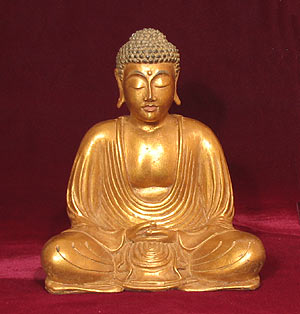 This mindfulness meditation practice is based on the Two Basic Questions – Guided Meditation by my friend and dharma teacher, Glen Schneider. I have modified the questions and process slightly.
This mindfulness meditation practice is based on the Two Basic Questions – Guided Meditation by my friend and dharma teacher, Glen Schneider. I have modified the questions and process slightly.
Thich Nhat Hanh has said that, when you boil it all down, there are just two basic questions. This guided meditation takes those two basic questions and breaks them down into a guided meditation. You might want to write down the responses that come up in meditation, as they may come from a very deep place and be hard to remember in everyday life. [Read More…]
Turn off you cell phone ringer and tell your family not to disturb you. Close the door, if possible.
Please note that in there is nothing in the mindfulness meditation practice that will cause you to be insensitive to any real emergency.
Find a comfortable position sitting up with your back as straight as you can manage. It is perfectly alright to sit in a chair or lie down. Forget the myth that you must sit in the “lotus position” to correctly practice meditation. You may wish to close your eyes as you practice.
You may want to have paper and pen handy to write down any insights you get from this process.
Follow these steps as you see fit.
- Begin with six deep breaths. As you are breathing in, know that you are breathing in. As you breath out, know that you are breathing out.
- Withdraw yourself into yourself and become aware of your body. Be aware of no other spaces but these spaces. Be aware of no other times but this time. Be here. Be now. Be here, now!
- Notice the places in your body where there is tension or pain and see if you can reduce the tension or pain with your awareness. Notice the places in your body where you feel relaxed and see if you can enhance your relaxation in those places. Practice this step until you feel comfortable to move on.
- Now ask yourself, “What is my suffering and how can I transform it?” Look deeply into the core of your being and feel what it feels like to suffer in that way. Get a felt sense of this feeling and allow whatever comes up for you without judgment. Take what you get just as it is.
- Ask yourself, “What is my greatest fear about my suffering?” Sit with this question for a while and take what you get. How do you propose to transform your fear of suffering?
- Take a few minutes to return to your breath in your body. This serves as a transition to the next question in the exercise.
- Now ask yourself, “What is my happiness and how can I maintain it?” Look deeply into the core of your being and discover your deepest aspirations. Again, don’t judge what you get, simply notice it and allow it to be just as it is.
- Ask yourself, “What is my greatest fear about my happiness and aspirations?” Take what you get as before. How will you be able to maintain your happiness and aspirations.
- Return to your breathing for a few moments and prepare to transition out of your meditation state. When you are ready, open your eyes (if they are shut)
- Write down any insights that you have had through this process.
Now, please answer these questions and share them in the comments below, if you want.
How did you feel right now? What difficulties did you have in answering the questions? What would you like to have help with?

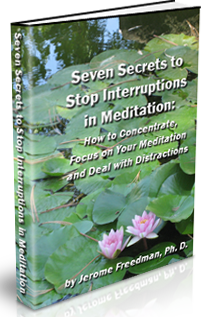
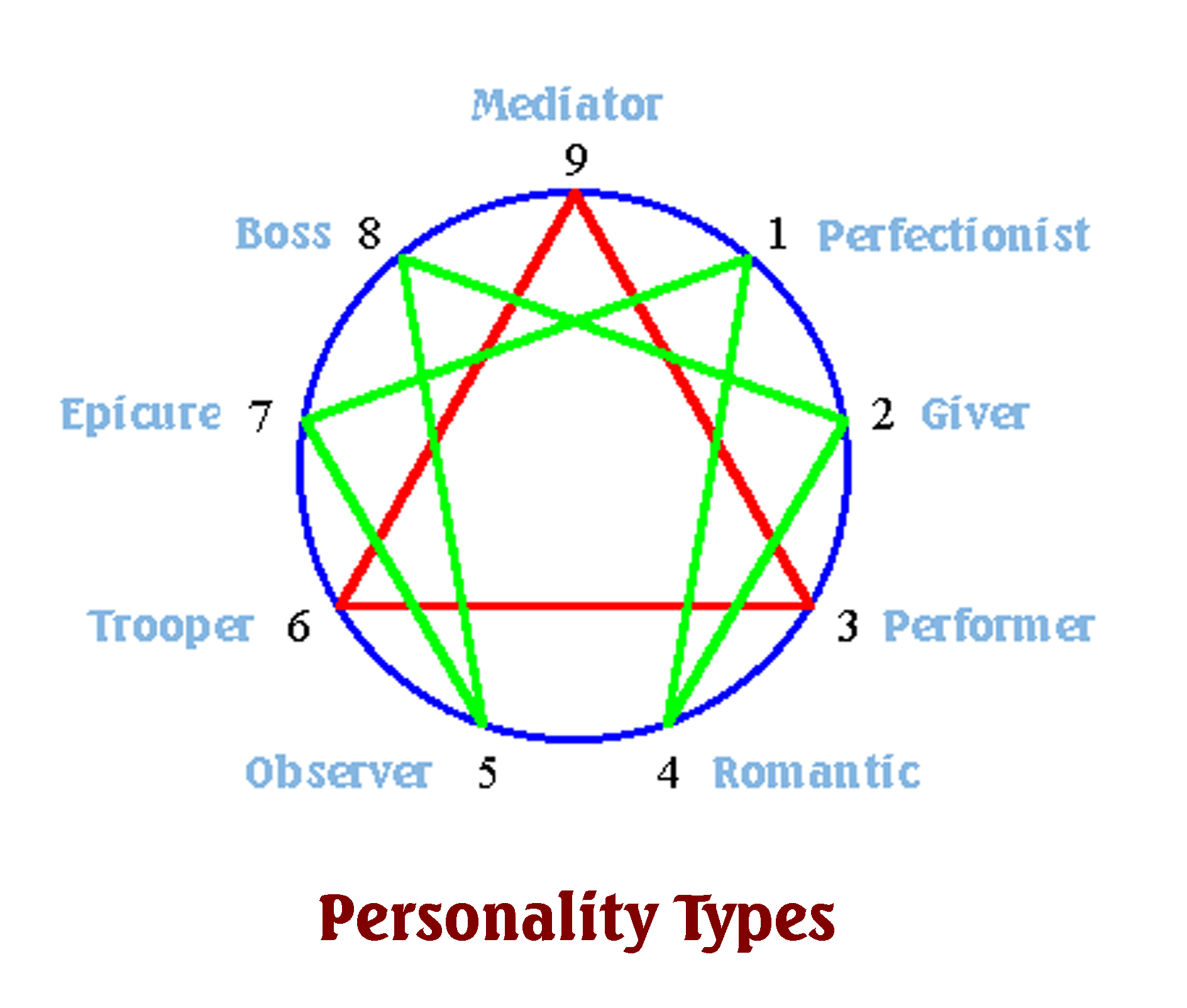
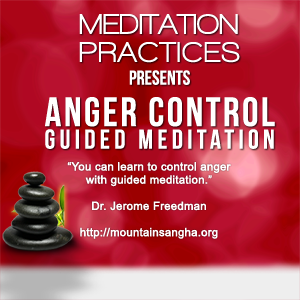

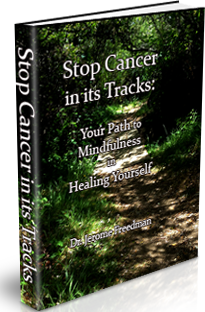
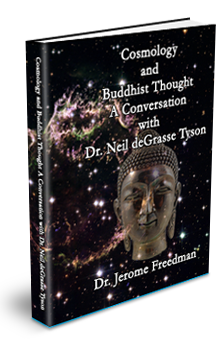

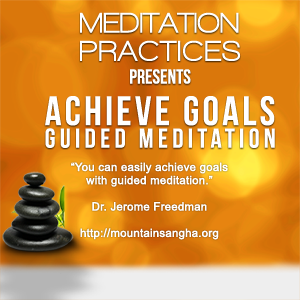
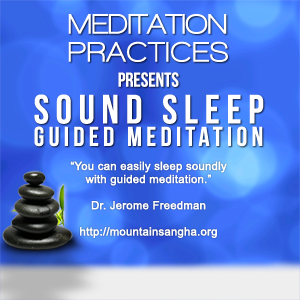


Speak Your Mind
You must be logged in to post a comment.